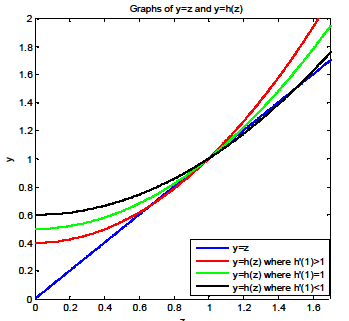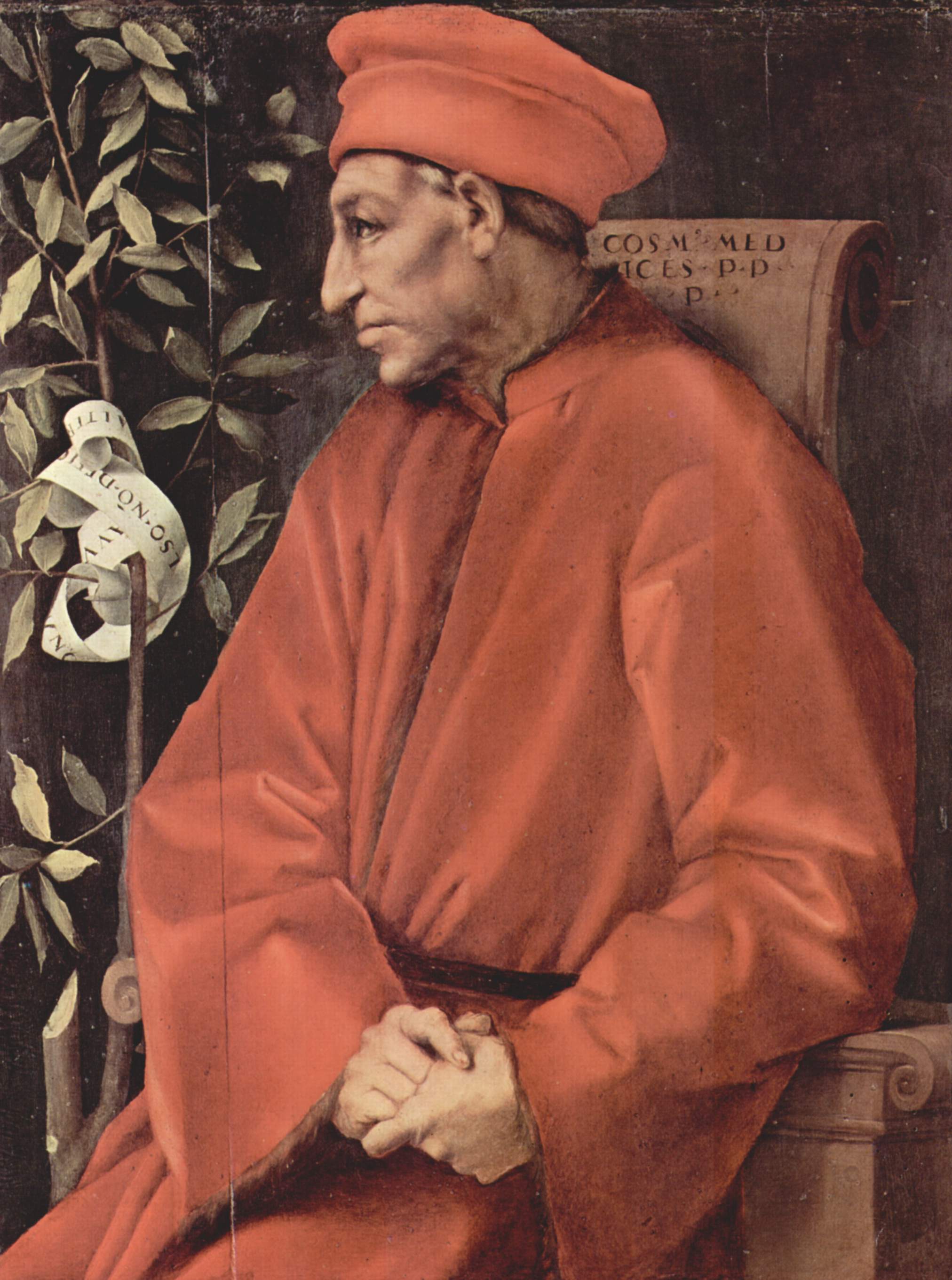|
Bruss–Duerinckx Theorem
The theorem of the envelopment of societies for resource-dependent populations, also called the Bruss–Duerinckx theorem, is a mathematical result on the behavior of populations which choose their society form according to only two hypotheses, namely those which are seen as most "natural": * Hypothesis 1 (H1): Individuals want to survive and see a future for their descendants, * Hypothesis 2 (H2): The average individual prefers a higher standard of living to a lower one, where H1 is supposed to precede H2 in the case of incompatibility of H1 with H2. Here populations with a society structure are modeled by so-called resource-dependent branching processes (RDBPs). The objective of RDBPs is to model different society structures and to compare the advantages and disadvantages of different societies, with the focus being on human societies. A RDBP is a discrete time branching process (BP) in which individuals are supposed to have to work in order to be able to live and to reproduce. ... [...More Info...] [...Related Items...] OR: [Wikipedia] [Google] [Baidu] |
Resource-dependent Branching Process
A branching process (BP) (see e.g. Jagers (1975)) is a mathematical model to describe the development of a population. Here population is meant in a general sense, including a human population, animal populations, bacteria and others which reproduce in a biological sense, cascade process, or particles which split in a physical sense, and others. Members of a BP-population are called individuals, or particles. If the times of reproductions are discrete (usually denoted by 1,2, ...) then the totality of individuals present at time and living to time excluded are thought of as forming the generation. Simple BPs are defined by an initial state (number of individuals at time 0) and a law of reproduction, usually denoted by . A resource-dependent branching process (RDBP) is a discrete-time BP which models the development of a population in which individuals are supposed to have to work in order to be able to live and to reproduce. The population decides on a society form which det ... [...More Info...] [...Related Items...] OR: [Wikipedia] [Google] [Baidu] |
Branching Process
In probability theory, a branching process is a type of mathematical object known as a stochastic process, which consists of collections of random variables. The random variables of a stochastic process are indexed by the natural numbers. The original purpose of branching processes was to serve as a mathematical model of a population in which each individual in generation n produces some random number of individuals in generation n+1, according, in the simplest case, to a fixed probability distribution that does not vary from individual to individual. Branching processes are used to model reproduction; for example, the individuals might correspond to bacteria, each of which generates 0, 1, or 2 offspring with some probability in a single time unit. Branching processes can also be used to model other systems with similar dynamics, e.g., the spread of surnames in genealogy or the propagation of neutrons in a nuclear reactor. A central question in the ... [...More Info...] [...Related Items...] OR: [Wikipedia] [Google] [Baidu] |
Communism
Communism (from Latin la, communis, lit=common, universal, label=none) is a far-left sociopolitical, philosophical, and economic ideology and current within the socialist movement whose goal is the establishment of a communist society, a socioeconomic order centered around common ownership of the means of production, distribution, and exchange which allocates products to everyone in the society.: "One widespread distinction was that socialism socialised production only while communism socialised production and consumption." Communist society also involves the absence of private property, social classes, money, and the state. Communists often seek a voluntary state of self-governance, but disagree on the means to this end. This reflects a distinction between a more libertarian approach of communization, revolutionary spontaneity, and workers' self-management, and a more vanguardist or communist party-driven approach through the development of a constitutional s ... [...More Info...] [...Related Items...] OR: [Wikipedia] [Google] [Baidu] |
Capitalism
Capitalism is an economic system based on the private ownership of the means of production and their operation for profit. Central characteristics of capitalism include capital accumulation, competitive markets, price system, private property, property rights recognition, voluntary exchange, and wage labor. In a market economy, decision-making and investments are determined by owners of wealth, property, or ability to maneuver capital or production ability in capital and financial markets—whereas prices and the distribution of goods and services are mainly determined by competition in goods and services markets. Economists, historians, political economists and sociologists have adopted different perspectives in their analyses of capitalism and have recognized various forms of it in practice. These include '' laissez-faire'' or free-market capitalism, anarcho-capitalism, state capitalism and welfare capitalism. Different forms of capitalism feature varying ... [...More Info...] [...Related Items...] OR: [Wikipedia] [Google] [Baidu] |
Stopping Time
In probability theory, in particular in the study of stochastic processes, a stopping time (also Markov time, Markov moment, optional stopping time or optional time ) is a specific type of “random time”: a random variable whose value is interpreted as the time at which a given stochastic process exhibits a certain behavior of interest. A stopping time is often defined by a stopping rule, a mechanism for deciding whether to continue or stop a process on the basis of the present position and past events, and which will almost always lead to a decision to stop at some finite time. Stopping times occur in decision theory, and the optional stopping theorem is an important result in this context. Stopping times are also frequently applied in mathematical proofs to “tame the continuum of time”, as Chung put it in his book (1982). Definition Discrete time Let \tau be a random variable, which is defined on the filtered probability space (\Omega, \mathcal F, (\mathcal F_n)_ ... [...More Info...] [...Related Items...] OR: [Wikipedia] [Google] [Baidu] |
Order Statistics
In statistics, the ''k''th order statistic of a statistical sample is equal to its ''k''th-smallest value. Together with rank statistics, order statistics are among the most fundamental tools in non-parametric statistics and inference. Important special cases of the order statistics are the minimum and maximum value of a sample, and (with some qualifications discussed below) the sample median and other sample quantiles. When using probability theory to analyze order statistics of random samples from a continuous distribution, the cumulative distribution function is used to reduce the analysis to the case of order statistics of the uniform distribution. Notation and examples For example, suppose that four numbers are observed or recorded, resulting in a sample of size 4. If the sample values are :6, 9, 3, 8, the order statistics would be denoted :x_=3,\ \ x_=6,\ \ x_=8,\ \ x_=9,\, where the subscript enclosed in parentheses indicates the th order statistic of the s ... [...More Info...] [...Related Items...] OR: [Wikipedia] [Google] [Baidu] |

